| Weight | 1 lbs |
|---|---|
| Dimensions | 9 × 5 × 2 in |
| host | goat |
| isotype | IgG |
| clonality | polyclonal |
| concentration | 1 mg/mL |
| applications | ICC/IF, WB |
| reactivity | BRD2 |
| available sizes | 100 µg |
goat anti-BRD2 polyclonal antibody 8339
$518.00
Antibody summary
- Goat polyclonal to BRD2
- Suitable for: WB,IP
- Isotype: Whole IgG
- 100 µg
goat anti-BRD2 polyclonal antibody 8339
| antibody |
|---|
| Tested applications WB,IP |
| Recommended dilutions Immunoblotting: 0.025 - 0.1 ug/mL.Detection of human BRD2 in RIPA extract (10ug) of HeLa cells untreated (-) or treated (+) with calf intestinal phosphatase with #13020 at 0.05ug/mL. |
| Immunogen Synthetic peptide representing a portion of the protein between the putative nuclear localization signal and the ET domain |
| Size and concentration 100µg and 1 mg/mL |
| Form liquid |
| Storage Instructions This product is stable at 2 -8°C for 1 year. |
| Storage buffer Tris-citrate/phosphate buffer, pH 7 to 8 contai |
| Purity immunogen affinity purification |
| Clonality polyclonal |
| Isotype IgG |
| Compatible secondaries donkey anti-goat IgG, H&L chain specific, peroxidase conjugated polyclonal antibody 1689 donkey anti-goat IgG, H&L chain specific, biotin conjugated polyclonal antibody 1699 donkey anti-goat IgG, H&L chain specific, FITC conjugated polyclonal antibody 1704 donkey anti-goat IgG, H&L chain specific, peroxidase conjugated polyclonal antibody, crossabsorbed 1709 donkey anti-goat IgG, H&L chain specific, FITC conjugated polyclonal antibody, crossabsorbed 1705 |
| Isotype control Goat polyclonal - Isotype Control |
| target relevance |
|---|
| Protein names Bromodomain-containing protein 2 (O27.1.1) |
| Gene names BRD2,BRD2 KIAA9001 RING3 |
| Protein family BET family |
| Mass 88061Da |
| Function FUNCTION: Chromatin reader protein that specifically recognizes and binds histone H4 acetylated at 'Lys-5' and 'Lys-12' (H4K5ac and H4K12ac, respectively), thereby controlling gene expression and remodeling chromatin structures (PubMed:17148447, PubMed:17848202, PubMed:18406326, PubMed:20048151, PubMed:20709061, PubMed:20871596). Recruits transcription factors and coactivators to target gene sites, and activates RNA polymerase II machinery for transcriptional elongation (PubMed:28262505). Plays a key role in genome compartmentalization via its association with CTCF and cohesin: recruited to chromatin by CTCF and promotes formation of topologically associating domains (TADs) via its ability to bind acetylated histones, contributing to CTCF boundary formation and enhancer insulation (PubMed:35410381). Also recognizes and binds acetylated non-histone proteins, such as STAT3 (PubMed:28262505). Involved in inflammatory response by regulating differentiation of naive CD4(+) T-cells into T-helper Th17: recognizes and binds STAT3 acetylated at 'Lys-87', promoting STAT3 recruitment to chromatin (PubMed:28262505). In addition to acetylated lysines, also recognizes and binds lysine residues on histones that are both methylated and acetylated on the same side chain to form N6-acetyl-N6-methyllysine (Kacme), an epigenetic mark of active chromatin associated with increased transcriptional initiation (PubMed:37731000). Specifically binds histone H4 acetyl-methylated at 'Lys-5' and 'Lys-12' (H4K5acme and H4K12acme, respectively) (PubMed:37731000). {ECO:0000269|PubMed:17148447, ECO:0000269|PubMed:17848202, ECO:0000269|PubMed:18406326, ECO:0000269|PubMed:20048151, ECO:0000269|PubMed:20709061, ECO:0000269|PubMed:20871596, ECO:0000269|PubMed:28262505, ECO:0000269|PubMed:35410381, ECO:0000269|PubMed:37731000}. |
| Subellular location SUBCELLULAR LOCATION: Nucleus {ECO:0000269|PubMed:18406326, ECO:0000269|PubMed:25593309}. Chromosome {ECO:0000269|PubMed:18406326, ECO:0000269|PubMed:25593309, ECO:0000269|PubMed:28262505}. Note=Detected on chromatin and nucleosomes. {ECO:0000269|PubMed:18406326}. |
| Structure SUBUNIT: Homodimer (PubMed:17148447, PubMed:17848202, PubMed:20048151, PubMed:20709061). Interacts with E2F1 (PubMed:17148447). Interacts with (acetylated) STAT3; promoting STAT3 recruitment to chromatin (PubMed:28262505). Interacts with CTCF; promoting BRD2 recruitment to chromatin (By similarity). {ECO:0000250|UniProtKB:Q7JJ13, ECO:0000269|PubMed:17148447, ECO:0000269|PubMed:17848202, ECO:0000269|PubMed:20048151, ECO:0000269|PubMed:20709061, ECO:0000269|PubMed:28262505}.; SUBUNIT: (Microbial infection) Interacts with herpes virus 8 protein LANA1. {ECO:0000269|PubMed:16227282}. |
| Domain DOMAIN: The first bromo domain specifically recognizes histone H4 acetylated at 'Lys-12' (H4K12ac) (PubMed:20048151). It also specifically binds histone H4 acetyl-methylated at 'Lys-5' and 'Lys-12' (H4K5acme and H4K12acme, respectively) (PubMed:37731000). The second bromo domain recognizes and binds histone H4 acetylated at 'Lys-5' and 'Lys-12' (H4K5ac and H4K12ac, respectively) (PubMed:20709061). {ECO:0000269|PubMed:20048151, ECO:0000269|PubMed:20709061, ECO:0000269|PubMed:37731000}. |
| Target Relevance information above includes information from UniProt accession: P25440 |
| The UniProt Consortium |
Data
Publications
| pmid | title | authors | citation |
|---|---|---|---|
| We haven't added any publications to our database yet. | |||
Protocols
| relevant to this product |
|---|
| Western blot |
Documents
| # | SDS | Certificate | |
|---|---|---|---|
| Please enter your product and batch number here to retrieve product datasheet, SDS, and QC information. | |||
Only logged in customers who have purchased this product may leave a review.
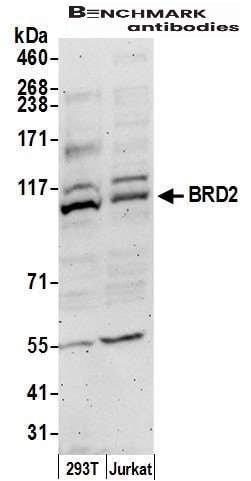
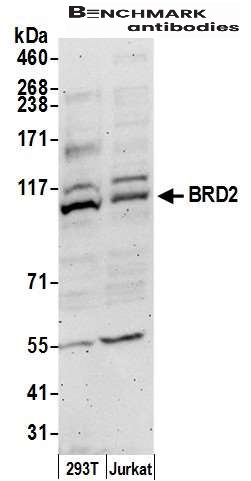
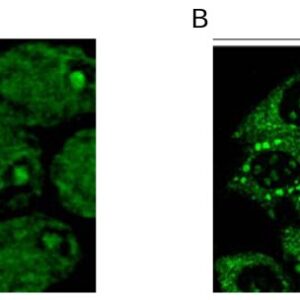
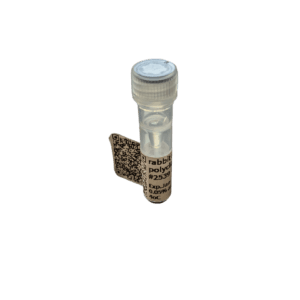
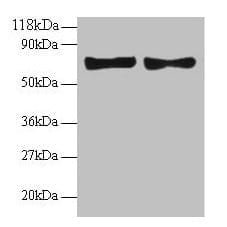
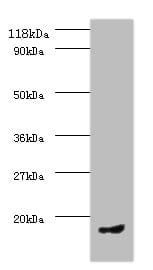

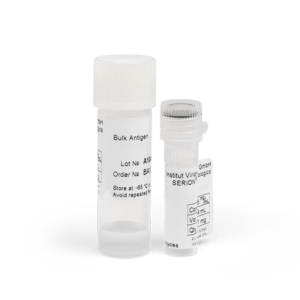
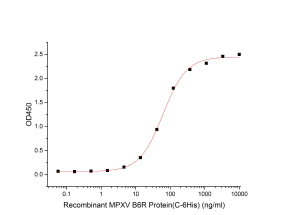
Reviews
There are no reviews yet.